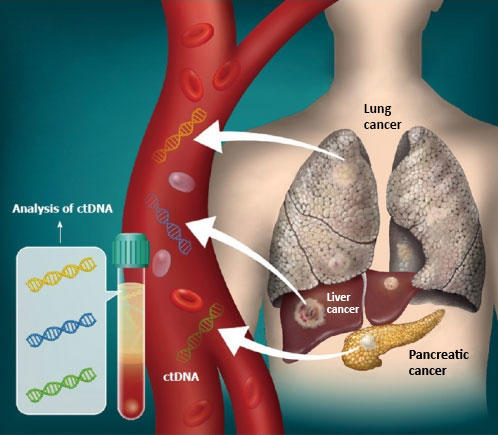ALBUQUERQUE, NM — Many of New Mexico's largest sources of climate and health-damaging air pollutants are not required to cut emissions at rates necessary to meet the state's climate targets, according to a new analysis from researchers at the University of New Mexico and PSE Healthy Energy.
"We found that the state's existing climate policies don't require sufficient reductions from many of the large sources responsible for a quarter of the state's emissions," said Gabriel Pacyniak, associate professor of Law at University of New Mexico. "This puts climate goals at risk and has significant impacts for public health."
The report analyzed emissions of health-damaging air pollutants and greenhouse gasses from 189 large stationary sources of pollution across New Mexico. Collectively, the sources reported 31.4 million metric tons of carbon dioxide equivalent (MTCO2e) in 2019, or approximately 25 percent of the state's total greenhouse gas emissions in 2018. These same sources likely contribute the largest share of sulfur dioxide emissions in the state and a substantial share of nitrous oxides, both potent health-damaging air pollutants.
"As New Mexico retires its large coal plants, the relative share of emissions from the oil and gas sector continues to grow," said Angélica Ruiz, environmental health analyst at PSE Healthy Energy. "By lowering emissions at facilities that pose the greatest risk to public health, we can dramatically increase the benefits of climate policies."
The report also analyzed where large sources are located and suggested that there may be equity benefits to reducing emissions in those areas with a high percentage of people of color, lower-income people, or people with health vulnerabilities. Four regions—the San Juan Basin; Permian Basin; Albuquerque, Bernalillo, and Sandoval Counties; and Las Cruces and Dona Aña County—were identified as areas with particularly high concentrations of large stationary emissions sources.
"This report underscores that many Native, Latino, Black, and low-income communities bear substantial pollution burdens," said Shannon Sanchez-Youngman, assistant professor at the UNM College of Population Health. "It's crucial that these communities have a meaningful opportunity to participate in policy making processes."
Climate policies that focus solely on achieving aggregate greenhouse gas emission reductions can allow health-damaging air pollution to persist. With New Mexico's goal of reducing greenhouse gas emissions by 45 percent by 2030, this report offers analysis and policy recommendations to maximize the public health and climate benefits of state policies.
"Climate policies designed in parallel with air pollution policies can simultaneously reduce climate pollution and improve public health," said Dr. Elena Krieger, director of research at PSE Healthy Energy. "But addressing climate emissions alone will likely not achieve the greatest public health benefits."
The Center for Civic Policy served as the fiscal sponsor and advisor of the report, and the report was funded by the Environmental Defense Fund.






